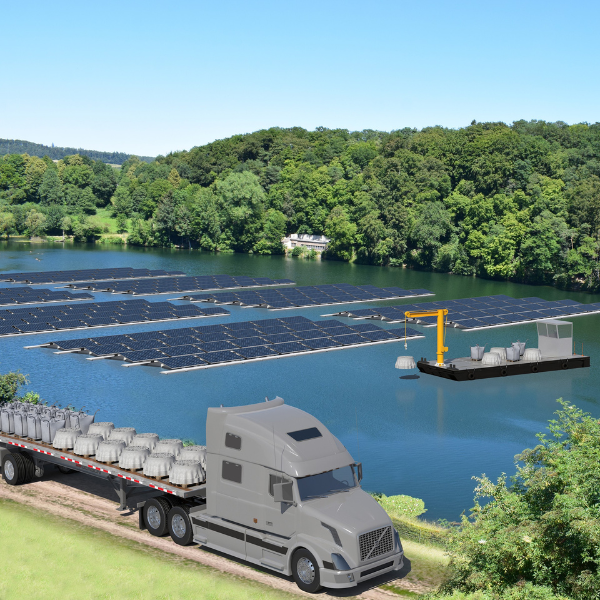
To revolutionize renewable energy infrastructure, a dynamic collaboration between UC San Diego's Department of Structural Engineering and RCAM Technologies has emerged. Thanks to multiple contracts from RCAM, structural engineers at UC San Diego are tapping into the potential of 3D-printed concrete foundations as anchors for renewable energy systems. This is part of a larger effort funded by the Department of Energy and the California Energy Commission.
Currently, renewable energy structures such as floating wind turbines or solar systems are secured using steel torpedoes or gravity anchors. 3D-printed concrete anchors could offer a more cost-effective solution that is also easier to install. Leading the project are four professors from UC San Diego's Department of Structural Engineering.
Professor Qiang Zhu is delving deep into the hydrodynamic loads exerted by floating renewable energy systems on anchorage structures. Additionally, he’s exploring the behavior of self-installing 3D-printed concrete torpedo piles as they navigate through water before impacting the seafloor.
Bringing her expertise in discrete element modeling to the forefront, Associate Professor Ingrid Tomac is investigating the penetration of torpedo anchors in various soil types and predicting their responses to different loads. Her research is pivotal in understanding the real-world performance of these anchors.
Professor John McCartney is employing centrifuge modeling to simulate the installation of torpedo piles in diverse soil layers, which yields invaluable data for validating models. He is also assessing the behavior of 3D-printed concrete gravity anchors, particularly for floating solar platforms in lakes.
Lastly, Distinguished Professor Benson Shing is focusing on the structural response of 3D-printed concrete anchors, employing a combination of simulations and large-scale laboratory tests to scrutinize their resilience under diverse loads.
Collectively, these efforts will pave the way for the widespread adoption of 3D-printed concrete technology in renewable energy infrastructure. Their practical approach aims to make the development of these systems more affordable and feasible in California and beyond.
